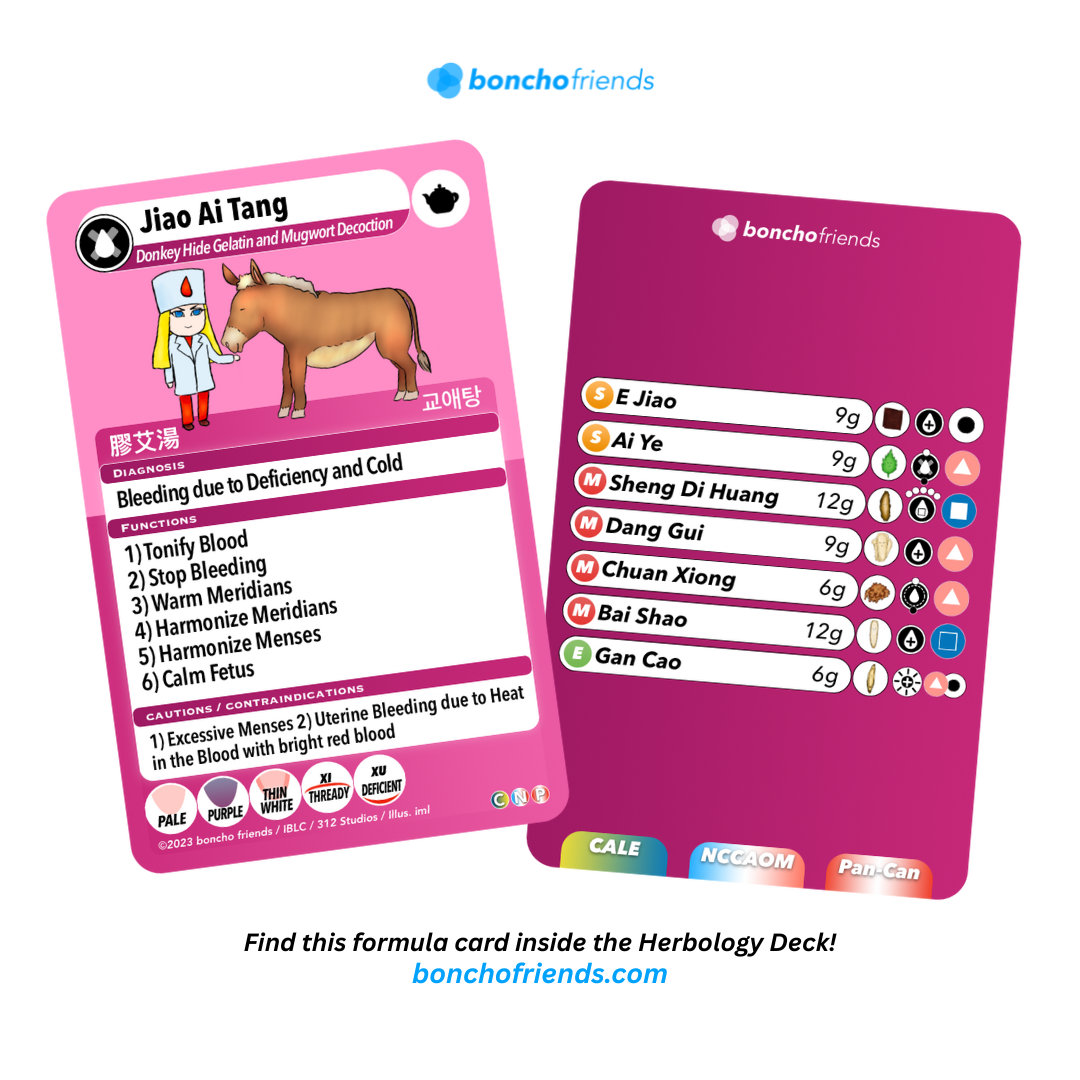
The Art of TCM: Formula Hierarchy
Share
Hi friends! Did you know that herbal formulas are a vital part of Traditional Chinese Medicine (TCM)? The TCM formula hierarchy is a beautifully intricate and well-balanced system designed to keep us healthy and happy. At its core is a well-defined hierarchy that ensures each herb works in synergy to address specific conditions.
The TCM Formula Hierarchy: A Symphony of Roles
TCM herbal formulas are like a carefully orchestrated symphony, with each herb playing a distinct role to create a balanced and effective remedy. The hierarchy is divided into four key roles:
- Sovereign (Jun): The lead herb(s) that directly target the primary condition or symptom, setting the tone for the formula.
- Minister (Chen): The supporting herbs that amplify the Sovereign’s effects or address secondary symptoms, adding depth to the treatment.
- Assistant (Zuo): Herbs that reinforce the Sovereign and Minister, soften any harsh effects, or harmonize the formula’s actions.
- Envoy (Shi): The guide that directs the formula to specific areas of the body or ensures the blend works cohesively.
This structure reflects TCM’s holistic philosophy, ensuring that formulas are both targeted and harmonious, addressing the root cause while supporting overall balance.
Jiao Ai Tang: A Perfect Example of Hierarchy in Action
To see this hierarchy in practice, let’s explore Jiao Ai Tang, a classic TCM formula used to address uterine bleeding and support pregnancy.
It’s particularly effective for conditions caused by Chong and Ren Mai Deficiency with Cold, such as:
- Heavy menstrual bleeding without clots (due to the Spleen’s inability to hold blood).
- Mild spotting with slight pain in early pregnancy (indicating habitual miscarriage risk; not suitable for severe bleeding or pain, which may signal miscarriage).
- Excessive postpartum bleeding after childbirth.
Patients often show signs like a pale face, fatigue, a pale tongue with a white coating, and a weak pulse.

The brilliance of Jiao Ai Tang lies in its hierarchical structure:
- Sovereign (Jun):
E Jiao (nourishes blood and stops bleeding) and Ai Ye (warms the channels, stops bleeding, and calms the fetus). These herbs directly tackle bleeding and stabilize pregnancy.
- Minister (Chen):
Sheng Di Huang (cools and nourishes blood), Dang Gui (tonifies and invigorates blood), Chuan Xiong (promotes circulation and eases pain), and Bai Shao (nourishes blood and soothes the Liver). These support the sovereign herbs by enhancing blood nourishment and circulation.
- Envoy (Shi):
Gan Cao (harmonizes the formula, ensuring all herbs work smoothly together and softening any harsh effects).
This carefully crafted hierarchy makes Jiao Ai Tang a powerful yet gentle formula, addressing bleeding while supporting the body’s overall vitality by warming and harmonizing Meridians, and calm fetus.
Boncho Friends' Formula Cards: Your TCM Study Companion
Learning the hierarchy of formulas like Jiao Ai Tang can feel overwhelming, especially with the interplay of herbs and their roles. That’s where Boncho Friends' Formula Cards come in, transforming complex TCM knowledge into an accessible, user-friendly tool for students and practitioners.


These cleverly designed cards break down each formula into clear, visual components, making it easy to grasp the hierarchy at a glance. Here’s why they’re a game-changer:
- Instant Hierarchy Clarity: Each herb is labeled or color-coded by its role (Sovereign, Minister, Assistant, or Envoy), so you can immediately see how the formula is structured. For Jiao Ai Tang, you’d see E Jiao and Ai Ye as the Sovereigns, the four Minister herbs, and Gan Cao as the Envoy.
- Concise and Focused: The cards distill essential details into bite-sized information, saving you from wading through dense textbooks.
- Visual and Memorable: With intuitive designs, the cards make it easier to retain complex information, helping you connect the dots between theory and practice.
- Portable for Any Setting: Whether you’re studying for exams or consulting in a clinic, these compact cards are easy to carry and quick to reference.
By using our Formula Cards, you can confidently navigate the hierarchy of any formula, from Jiao Ai Tang to hundreds of others, streamlining your learning and enhancing your practice.
Why This Matters for TCM Learners and Practitioners
The TCM formula hierarchy is more than a framework—it’s the key to crafting effective, balanced treatments. Understanding how herbs like those in Jiao Ai Tang work together empowers you to address complex conditions with precision.
Tools like our Herb and Formula Cards make this knowledge accessible, helping you:
- Master formulas faster with visual, structured learning.
- Apply hierarchies confidently in clinical settings.
- Adapt formulas to patients’ unique needs with a clear understanding of each herb’s role.
Ready to dive deeper into TCM Herbology? Grab a Herbology Deck and start mastering the art of herbal medicine today! 🌿
To learn more about the Herbology Deck, click the image below!

